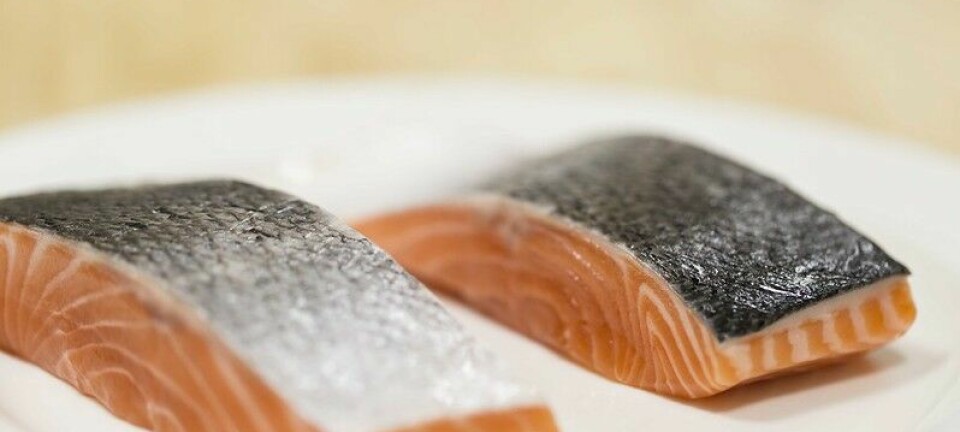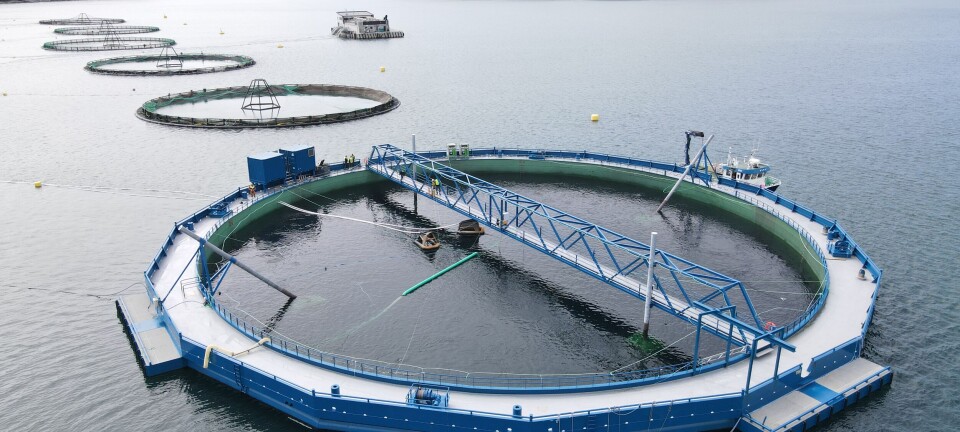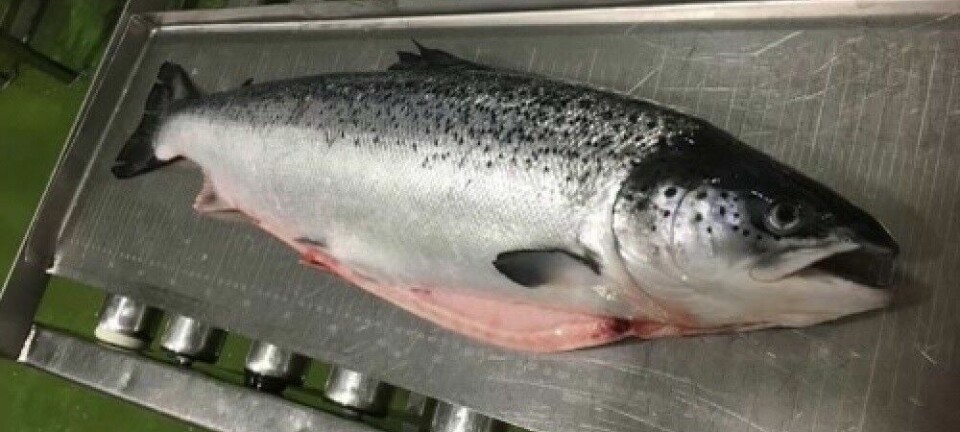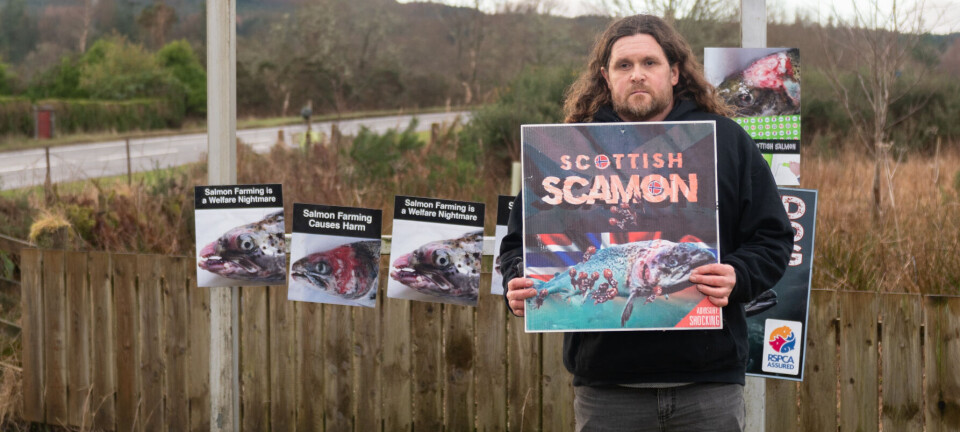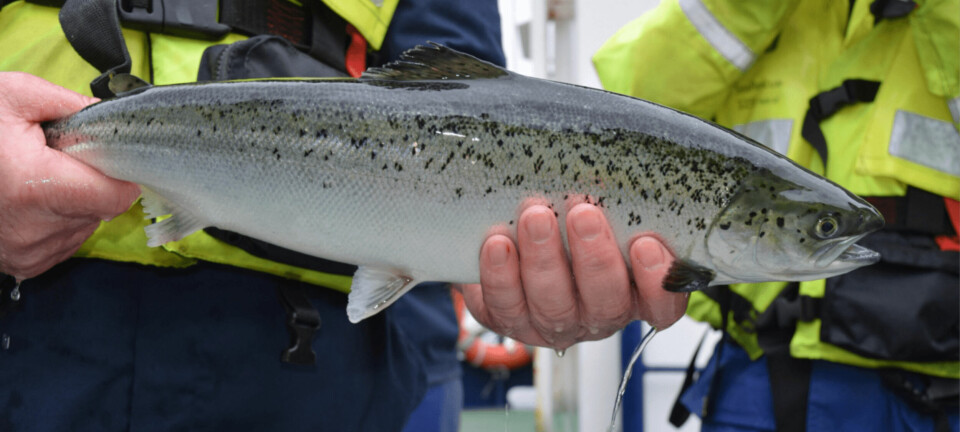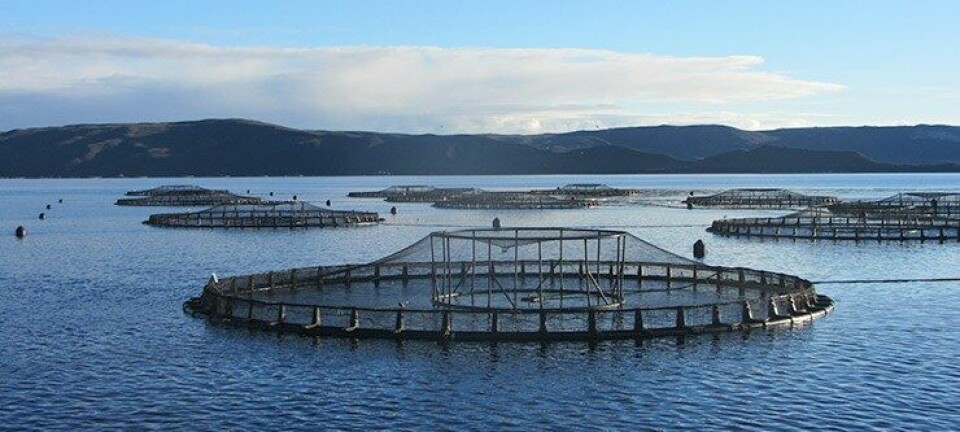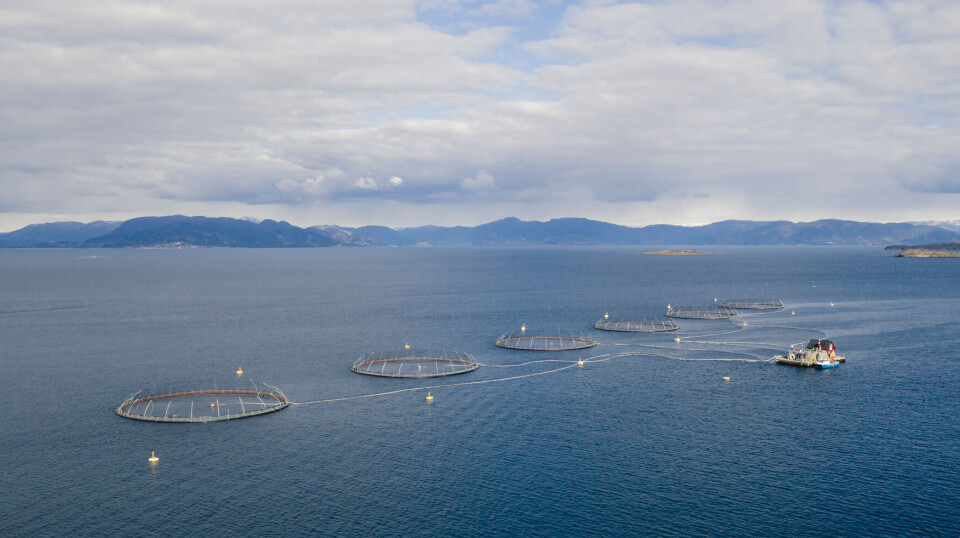
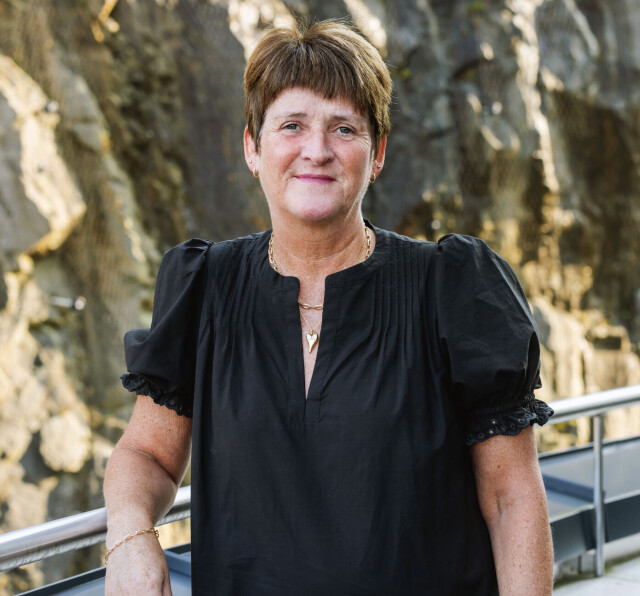
Salmon heavyweight Lerøy will use chicken by-products in feed
Lerøy Seafood Group will start using chicken by-products in fish feed in collaboration with its supplier EWOS Cargill this year. The initiative can reduce the carbon footprint of the feed by up to 16% and is part of a broader strategy for more sustainable production in the seafood industry, the salmon farmer said in a press release.
Anne Hilde Midttveit, head of sustainability and quality at Lerøy – Norway’s third largest salmon farmer and one of the world's top five - said feed is one of the largest emission drivers in aquaculture, and it is therefore important to find more sustainable ingredients.
“To achieve our ambitious goal of a 46% reduction in climate emissions by 2030, we must intensify our efforts to reduce greenhouse gas emissions from feed,” said Midttveit.
“We are proud to be early adopters of this large-scale initiative in Norway, and we believe that we must act now to meet the challenges of the future. Through collaboration and innovation, we can find new solutions for a more sustainable seafood industry.”
Resource utilisation
Among the benefits of using chicken by-products in feed, Lerøy mentions reduced climate impact, better resource utilisation in a circular economy, nutritional benefits and reduced dependence on soy.
The company refers to analyses that estimate that this measure alone could help reduce the Norwegian salmon industry's total greenhouse gas emissions by up to 600,000 tonnes of CO₂ by 2030.
EWOS Cargill has experience using chicken by-products internationally and will now introduce similar solutions in Norway.
According to Cargill, chicken meal is a good and nutritious ingredient suitable for farmed fish. The raw materials have been tested for both quality and fish health, and the results have proven to be good, according to the company.
Monitoring programme
Lerøy emphasised that it has a comprehensive monitoring programme for fish feed, which includes thorough testing of raw materials throughout the entire value chain, from suppliers to finished product.
“This is not only a milestone for Lerøy, but also an important contribution to the seafood industry. Salmon is already among the world’s most environmentally friendly protein sources, and with this initiative, Lerøy takes a step closer to its goal of creating the world’s most efficient and sustainable seafood value chain,” said Midttveit.
The production of feed with chicken by-products is planned to start in spring 2025, with a gradual scale-up to ensure that all requirements for quality, sustainability and fish health are met. The company said it will closely monitor developments and adapt the solution in line with research and experiences from both Norway and international players.





